
2025.11.05
夫の用事にくっついて、舞鶴へ。
市内から車で2時間弱、近いようで初めての舞鶴。
入門編なので、ガイドブックをめくりながら数時間のお散歩です。
お昼は「とと源」さんで。
窓の外にはすぐ目の前にせまる海の景色。
捌きたての、どのお魚も新鮮でテンションのあがるおいしさ!

窓の向こうは岸すれすれの海面。
満潮や荒天で海水があふれてこないのかなと心配しましたが、お店の方に聞いたら水害はないそう。

ランチのあとは、初心者散歩ですので、やっぱりここ。
舞鶴赤レンガパークへ。

もともとは旧日本軍の軍需施設として使われていた建物群。
戦後は海上自衛隊、民間企業によって使用され、1998年に国の重要文化財に指定されたそうです。
リノベーションはされていますが、100年以上の歴史とレンガ建築の重厚な美しさは圧巻。

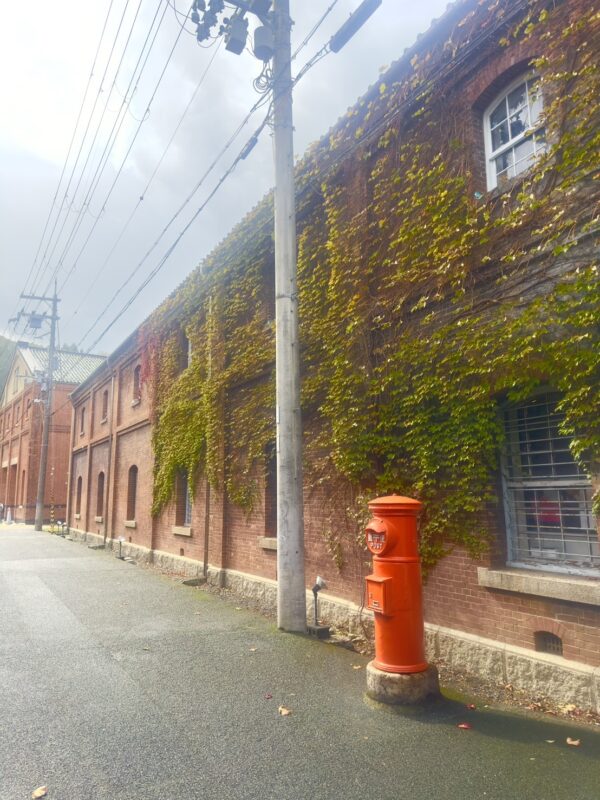
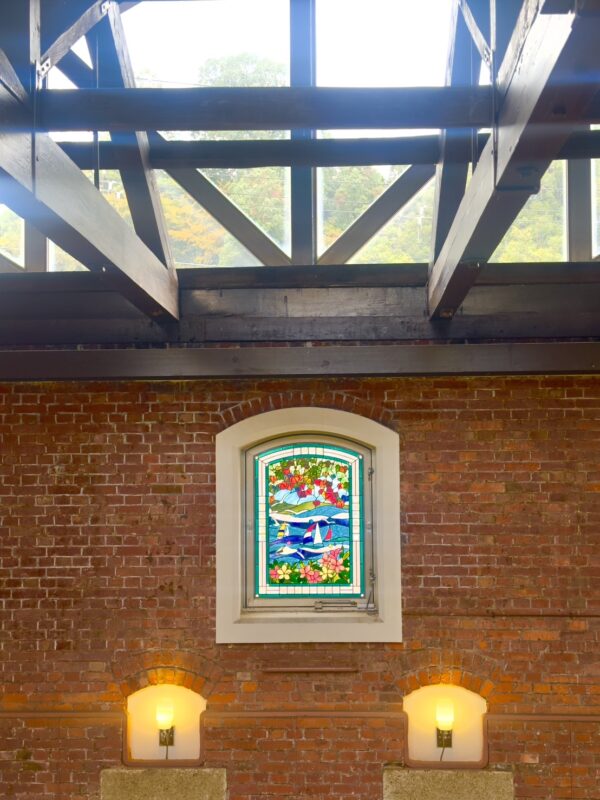
パーク内にはお土産やさん(海軍カレーはこちらで!) カフェやレストラン、舞鶴市のあゆみ資料館などなど。
日によってマルシェやイベントなどが開催されているようです。
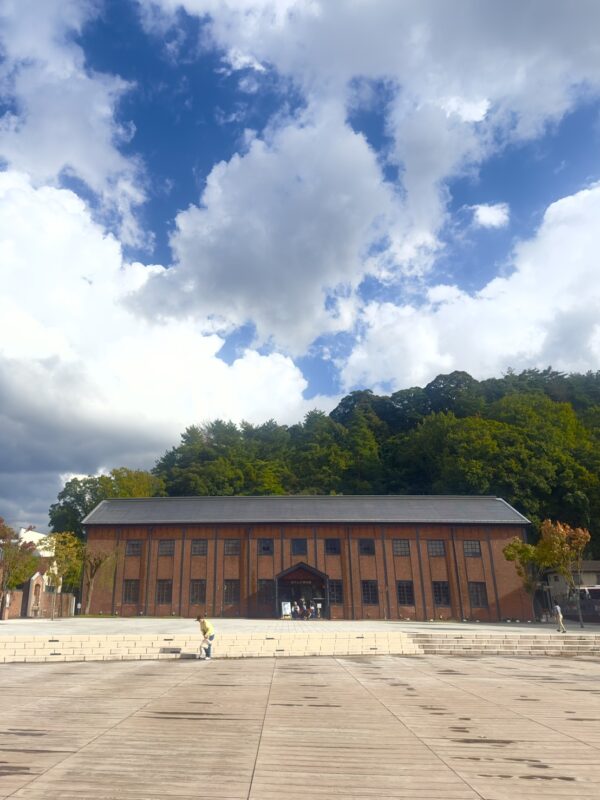
こちらは「赤れんが博物館」。世界でもめずらしい、れんが専門の博物館だそう。
世界各国の歴史的れんがを集めて展示してあり、中にはローマやエジプトの遺跡の一部、崩壊したベルリンの壁の一部なども。(すごいもの見れたな…)
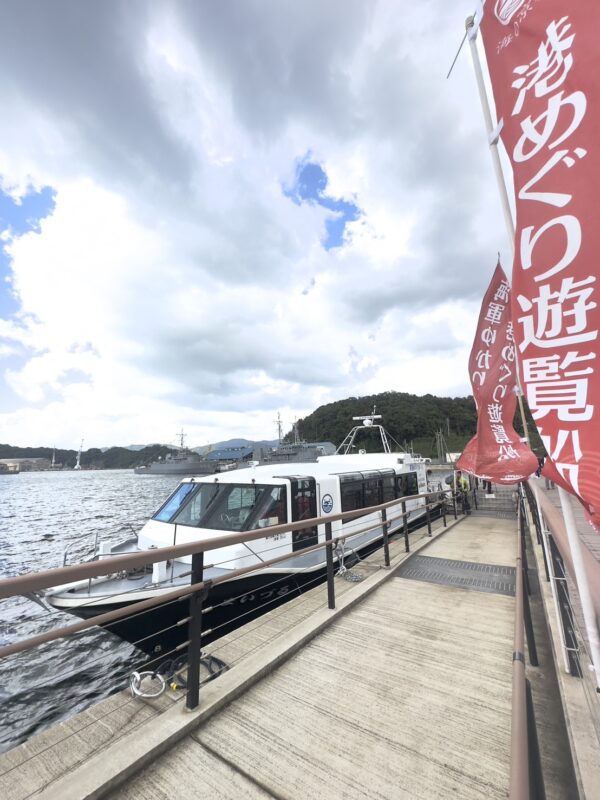
もちろん遊覧船にも乗りました。
約35分の港めぐり、いえ、海上自衛隊の艦船めぐりと言うのが正解。
船に乗り込むと、ガイドさんが「本日のお品書きです」と紹介してくれた、こちら。

赤レンガパークの舞鶴港は海上自衛隊の基地や艦艇停泊地、訓練学校、造船所に囲まれているので、たくさんの艦船を見ることができます。
興味ゼロ、知識ゼロの素人の私も、間近で見る大迫力の艦船の雄大な姿にどきどき。
このパーツは1000万円です、このレーダーは700億円です、と、ガイドのおじさま(元海上自衛隊の教官の方)のダジャレ満載の軽妙なトークもよき。
好きな人にはたまらん景色なのだろうなと想像する、楽しい35分でした。


赤レンガパークを離れて最後に立ち寄ったのは「吉原入江」というエリア。
古くから天然の良港として、舞鶴港発展の原点となった海辺の景観地です。
かつて栄えた港町。生活と海が一体となったような、なんとも穏やかで不思議な風景です。
それにしても、やっぱり岸すれすれの海面。
複雑に入り組んだ入江だからか、舞鶴に水害がないのが本当に不思議。
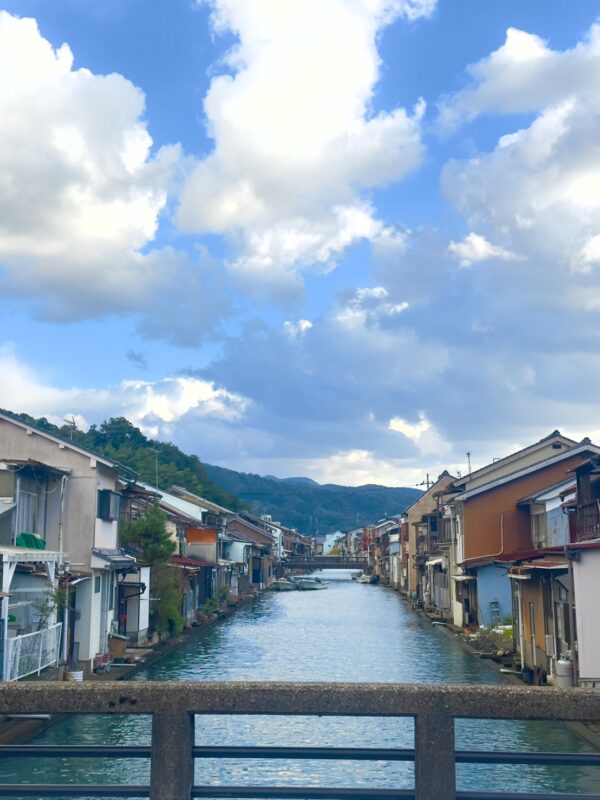
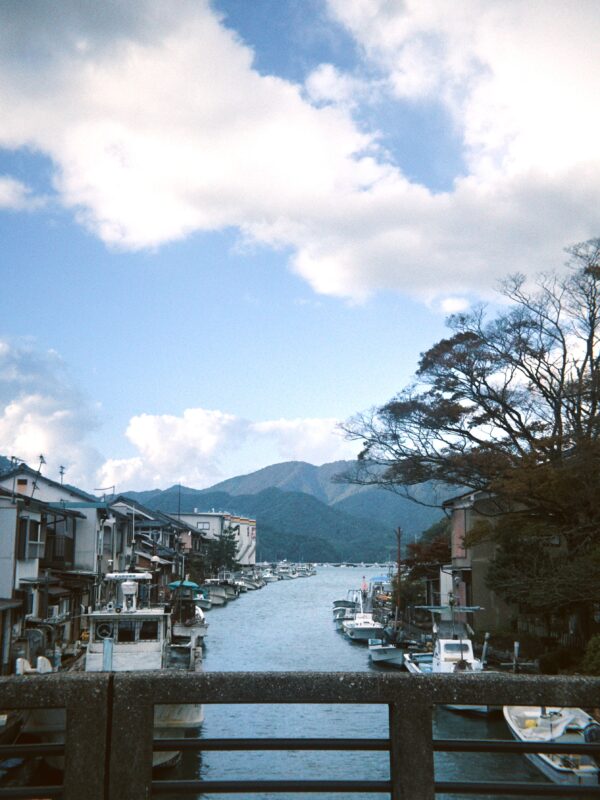
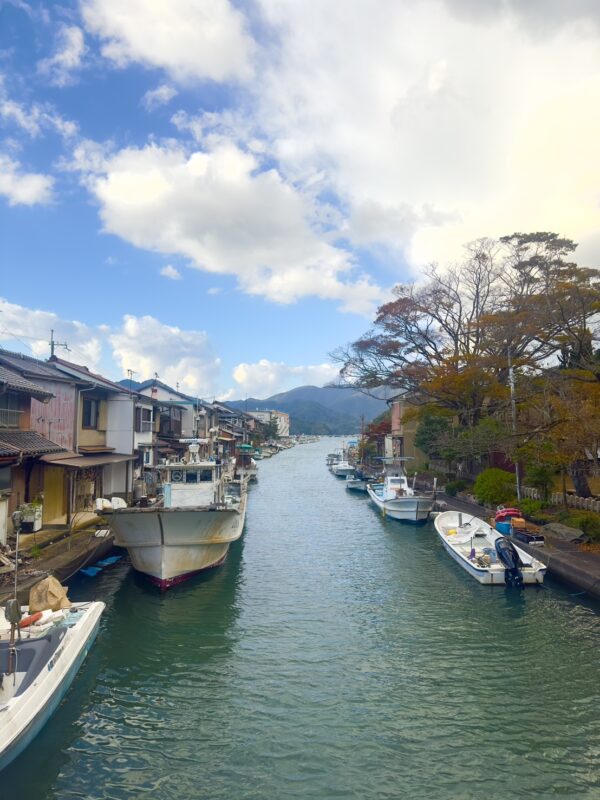
舞鶴さんぽもそろそろ終了。
初めて見る日本の風景、歴史、どこか懐かしくて穏やかな京都の漁港。
幼い頃に近所の知らない道を歩いたときのような、ほんの少しの冒険心を思い出させてくれました。
I tagged along with my husband on his trip to Maizuru.
It’s less than a two-hour drive from the city—so close, yet it was my very first time visiting.
Since this was my “introductory visit,” I decided to spend a few hours simply strolling around with a guidebook in hand.
We had lunch at a restaurant called Totogen.
The windows opened right onto the sea—so close it felt as if I could reach out and touch the water.
Every fish, freshly prepared, was so flavorful and full of life that it instantly lifted my spirits.
Looking out over the water just below the windows, I couldn’t help but wonder: doesn’t the sea ever overflow during high tide or stormy weather?
When I asked, the staff assured me there’s never been any flooding.
After lunch, we went for a beginner’s walk at Maizuru Red Brick Park.
The park was originally a complex of munitions warehouses for the former Imperial Japanese Navy.
After the war, the buildings were used by the Maritime Self-Defense Force and private companies, and in 1998 they were designated as Important Cultural Properties of Japan.
Though renovated, the red-brick architecture—over a century old—retains a weighty, timeless beauty.
Inside the park, there are souvenir shops (you can find the famous “Navy Curry” here!), cafés, restaurants, and the Maizuru City History Museum.
On certain days, markets and events are also held.
We also visited the Red Brick Museum, said to be one of the very few museums in the world dedicated entirely to bricks.
It exhibits historic bricks from around the globe—some from Roman and Egyptian ruins, and even pieces of the fallen Berlin Wall.
Of course, we took the sightseeing boat, too.
The 35-minute cruise is less a harbor tour and more of a Maritime Self-Defense Force fleet tour.
As we boarded, the guide cheerfully said, “Here’s today’s menu!” and began pointing out the ships.
Maizuru Port, surrounding the Red Brick Park, is home to MSDF bases, shipyards, training schools, and docking areas—so there are plenty of vessels to see.
Even as someone with zero knowledge or particular interest in ships, I was thrilled by the sheer power and grandeur of the vessels up close.
Our guide—a retired MSDF instructor—filled the tour with witty jokes as he explained: “This part costs ten million yen, and that radar over there? Seven billion!”
It was a lively and surprisingly fun 35 minutes, and I could easily imagine how ship enthusiasts must feel in heaven here.
Before heading home, we stopped by the Yoshihara Inlet area.
This seaside district, once a prosperous port town, is considered the birthplace of Maizuru Port’s development.
The view—where everyday life and the sea seem to blend into one—was peaceful and quietly moving.
Again, I was struck by how close the water comes to the shore, and I couldn’t help but wonder how Maizuru avoids flooding despite its many narrow inlets.
Our Maizuru stroll came to an end there.
The day gave me glimpses of Japan’s landscape, history, and modern defense—and even stirred a small sense of adventure, like when I used to wander down unfamiliar streets as a child.